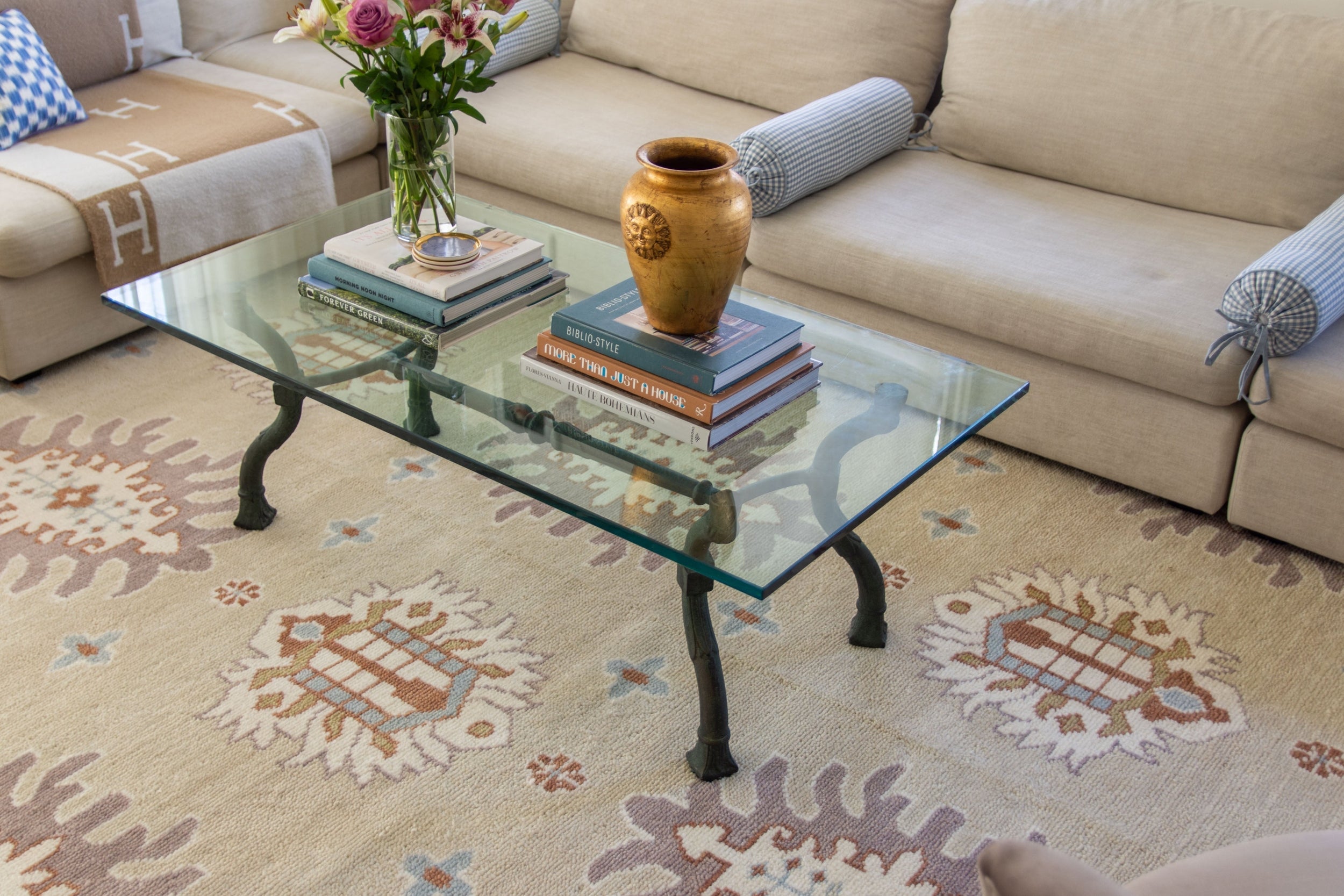What Preparation Steps Do Expert House Painters Take?
Painting a house may be straightforward. However, professionals understand that they must first prepare the surface so that it is ready for painting to ensure a quality job. The process has essential steps that help with excellent adhesion and better longevity. Let us talk about the careful preparation steps that professional house painters follow.
Initial Assessment and Planning
Weather conditions and surface types are key considerations for house painters in South Auckland when planning exterior paint jobs. Professional painters assess the area before they begin painting to ensure optimal results. This phase involves closely examining the surfaces for any damage or defects. They also consider the previous paint type and the condition of the current layers. Based on the evaluation, the process is planned, and the right materials are chosen.
Surface Cleaning
Clean surfaces are essential for ensuring that the paint adheres properly. The experts begin wall washing when the wall is clear of grime, oil, and mildew. The cleanup can be done by pressure washing certain surfaces or using mild detergents for other surfaces. You want the paint to go on cleanly and evenly.
Repair and Patching
Painters repair any damage after cleaning it up. Fill in cracks, holes, scratches, or any areas where paint has flaked off before layering. Using appropriate materials for filling these imperfections, such as spackle or caulk, creates a solid, flat base. Next, sand the patched areas to level them with the surrounding area.
Sanding for Smoothness
You need to sand, which gives you an even surface. Sanding will fill in the rough edges and provide the new paint something to hold on to. Fine-grit sandpaper is standard because it prevents surface damage while creating the roughness needed to achieve the desired texture. The first step is essential for both walls and trim.
Priming the Surface
Many people miss this vital step—priming. A quality primer seals the surface, provides an even layer, and helps the paint stick to the surface better. This step is vital for new drywall, raw wood, or surfaces that have been extensively repaired. Another positive effect of primer (more of an indirect positive) is a vibrant topcoat covering an existing dark color.
Protecting Floors and Windows
Painters will apply coverings to prevent paint from splattering and dripping erroneously on areas not being painted. This is when you use drop cloths to protect your floors and furniture. They also apply tape to windows, trim, and other areas that are not suitable for painting. Doing this can save you time and effort with the post-painting cleanup.
Choosing Quality Paint
The kind of paint you use dramatically affects the final result. The contractors also use the best-quality paints specific to the particular area, which suit the condition and post-service well in terms of durability, finish, and color-holding capability. Choosing the right paint increases the durability and finish of the job.
Testing Paint Colours
Before completing the application, you conduct small-scale experiments with paint colors. It helps ensure that the selected hue will be the same under various lighting circumstances. You can always tweak it if the hue comes out different from how you expected, saving you a fantastic deal of money in the long run.
Final Preparations
All sections were repaired and cordoned off, and final checks were performed before the job was done. Other things to check include the cleanliness of brushes and rollers and the proper paint mixing. This kind of detail ensures a smoothly operating painting process.
Application Techniques
We've seen expert painters employ a few methods. They use consistent paint strokes in wet steps to avoid lap marks. Of course, a brush or roller appropriate for the type of surface you are painting also affects the quality of a finish.
Layering for Durability
A couple of layers will build some toughness and enhance the color. They leave enough time between each coat to dehydrate every layer before moving on to the next. It takes time, but this patience gives a durable and tougher finish.
Conclusion
Quality work follows a preparation system, which the expert house painters follow. Their attention to each step, from the initial assessment to the last touches, makes them stand out. They spend so much time preparing so that the end product is perfect and will last for years. Such a thoughtful method beautifies a space and prolongs the life of the paintwork.
Browse by Category

Design Projects
Explore interiors from client work and personal renovations — layered, livable, and always in progress.
read more →
Collaborations
From product launches to styled spaces, discover the brand stories I’ve helped bring to life.
read more →
The Notebook
A growing archive of iconic designers, inspiring artists, and unforgettable design moments.
read more →
Travel by Design
Wander with a designer’s eye — from charming hotels and city guides to visual inspiration abroad.
read more →





